Gay Bars: Changing, Dying, Or Dead?
Today is June 1st and the official start of Gay Pride Month all across the country. So, what’s going on with gay bars and clubs?
Gay Rights :
Once upon a time, gay bars were the epicenter of gay life. They provided a chance to meet and greet old and new friends alike, see and be seen, and feel safe and free to be one’s self in a sea of like-minded same-sex-loving men and women. However, something strange happened once COVID hit.
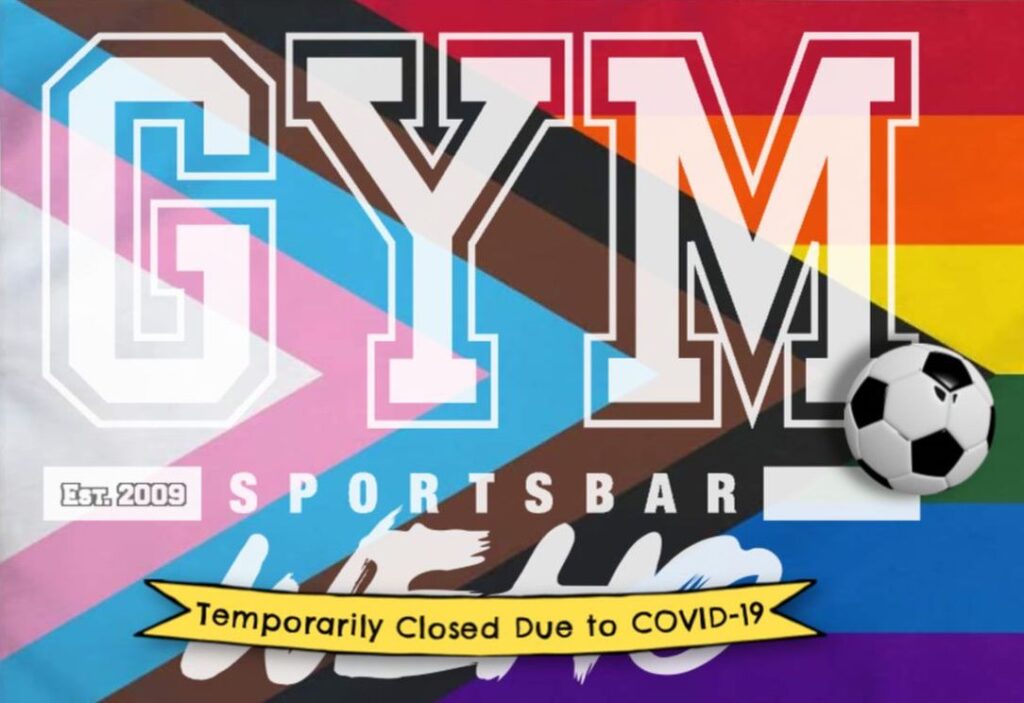
When the world shut down for more than a year as we all hunkered down and stayed to ourselves in order to avoid the hidden killer, gay bars were no exception. Then, as restaurants, shops, and other entertainment venues began to reopen and return to a sense of normalcy, gay clubs did not. Certain clubs closed during COVID and remained closed. Others reopened to great fanfare and expectations to recapture the old magic but failed miserably.
Now, the gay community is sounding the alarm. Gay clubs and bars are closing at an unsettling rate. If they’re not closing, they’re frequently operating as veritable ghost towns on the once-prime Friday and Saturday nights. Owners are losing money just to stay open — until they can no longer afford attempts to stay above water. And, it’s happening all across the country.
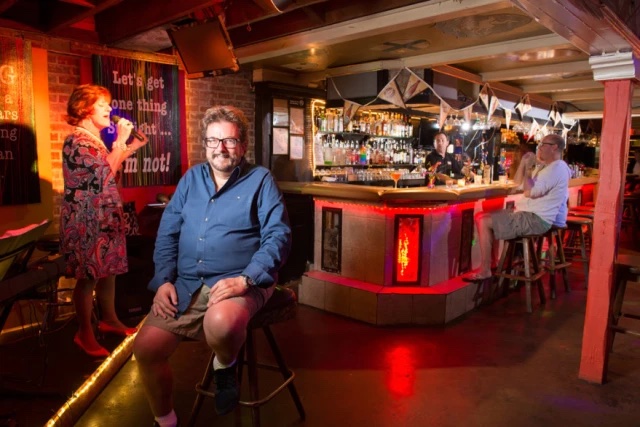
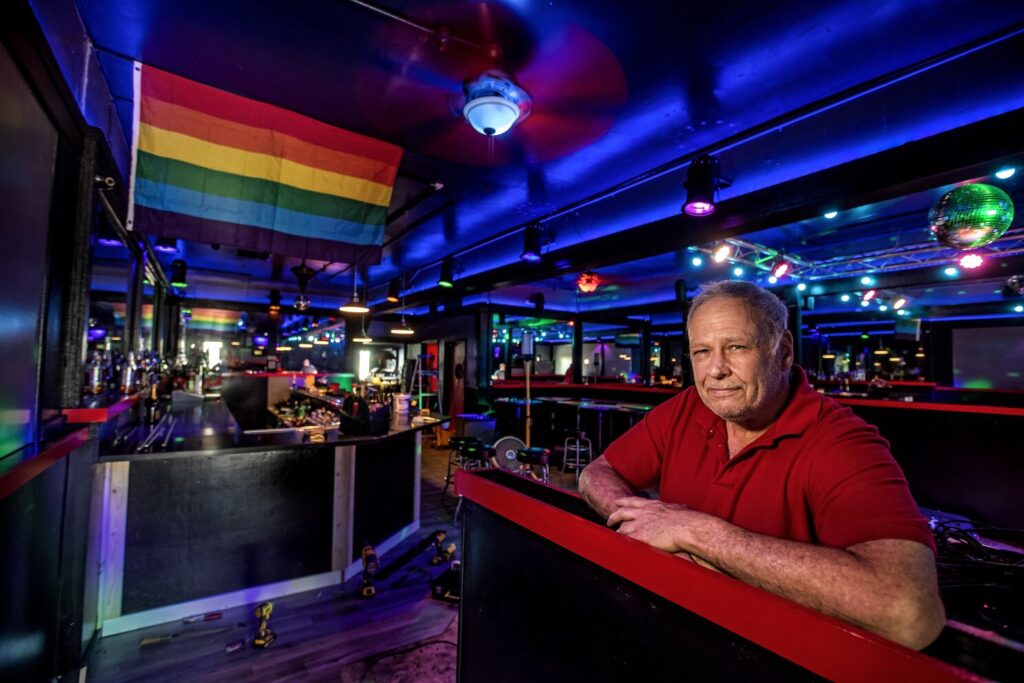
“Customers are no longer content to hang with friends and converse over a few drinks,” said one former gay bar owner who was recently forced to close. “Gay bar patrons want entertainment, drag shows, TV watch parties, activities,” he added.
“Omg NYC is SO boring now!! There’s literally nothing to do,” 38-year-old Tony H. said of his newfound experience with gay bars in Manhattan.
According to Greggor Mattson, a sociology professor at Oberlin and author of the book Who Needs Gay Bars?, 50% of America’s gay bars closed between 2012 and 2021. Additionally, gay clubs that cater to people of color and lesbians have been closing at a faster rate
So, what’s going on here? Is the concept of gay clubs changing, dying, or already dead?
“There is no one answer to the question ‘Who needs gay bars?’ because there is no one ‘who,’ no one set of ‘needs,’ and no one kind of ‘gay bar,’” Matteson said. “There are bars in big cities and in small towns. There are bars where bears go to cruise, where lesbians hang with local bikers, or where, at one establishment in the book, undocumented Latino men don’t have to show ID to dance. There are strip clubs and dive bars and cafes and cocktail bars serving both gay and straight people. Gay bars are not a monolith.”
Mattson has a valid point.
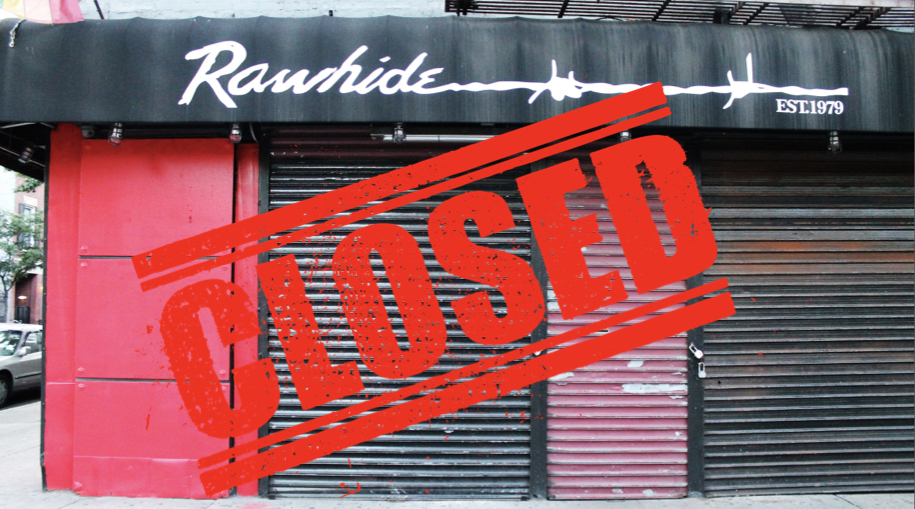
COVID changed a lot of things — and a lot of ways we used to do things. However, COVID is not totally responsible for gay bars becoming nearly obsolete. The answer relates much more to generational change (and the younger gays doing things differently) than anything else.
Previously, gay men and women could only go to a gay bar or club to meet someone for a romantic encounter. However, a new generation has allowed sexuality to become much more open and accepting. This means that drinking and dancing and hooking up can now be done just about anywhere — even in a so-called “straight” bar — without fear of violence or retribution.
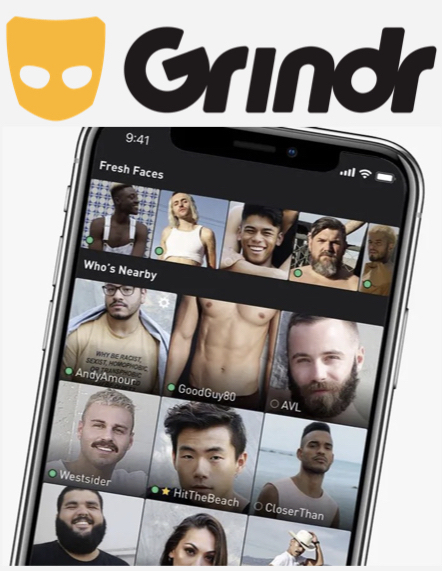
During and since the pandemic, gay men and women found it exceptionally easy to connect (sexually and otherwise) with romantic partners via dating apps. Or, in other words, if all someone wanted was sex they could easily find it through modern technology — all without having to leave their living room couch, pay a club cover charge, or stand at a busy bar buying rounds of drinks throughout the night.
With the gay community attempting to figure out how to fill holes in community needs, how to compete with apps and apathy, and how to balance community traditions with more inclusive values, is the “gay bar” (an exclusive space by and for either gay men or women) dying or already dead?
“Gay bars are not dying, they’re evolving,” Matteson concluded.
OK WASSUP! discusses Gay Rights:
Are gay bars dying or already dead?

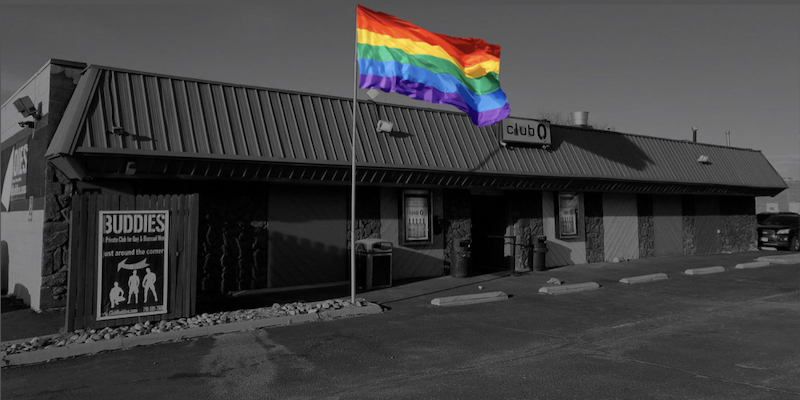
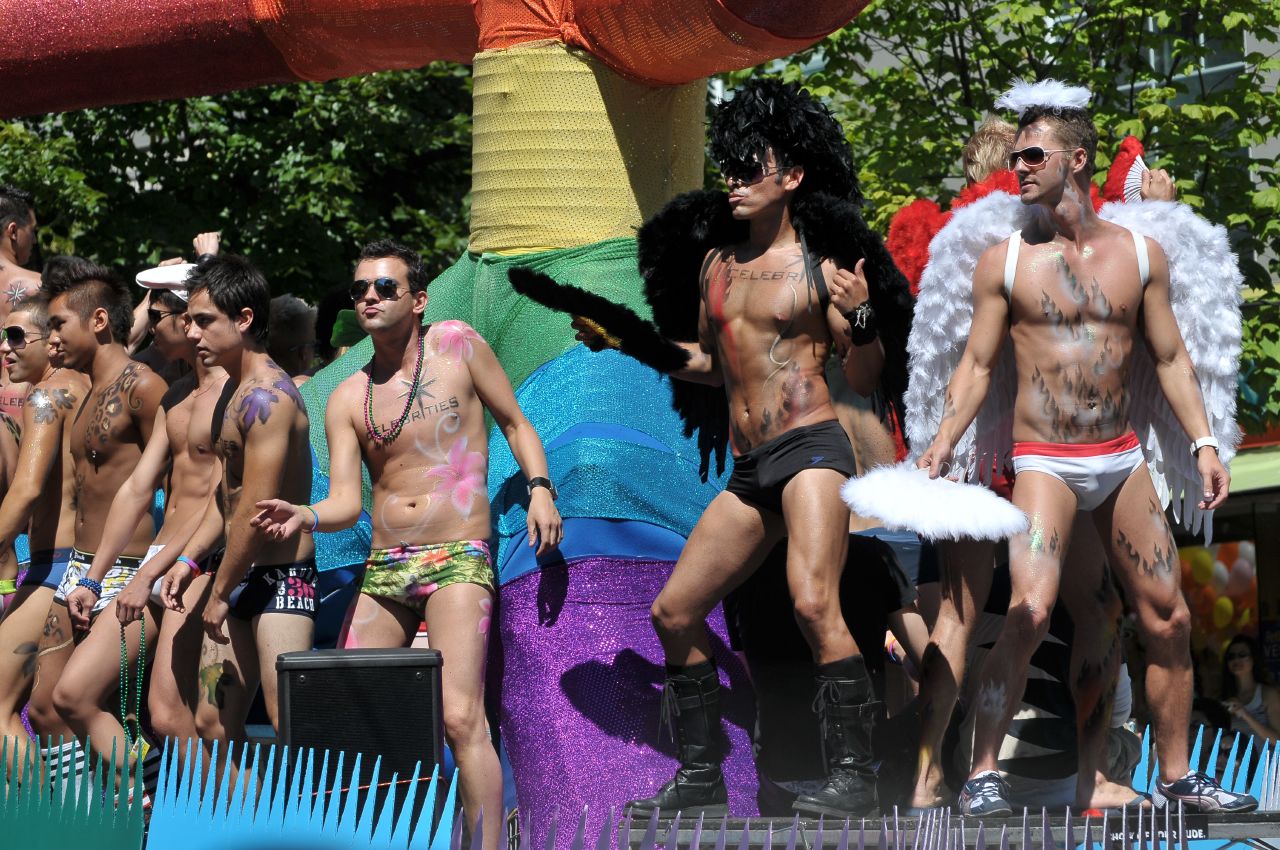
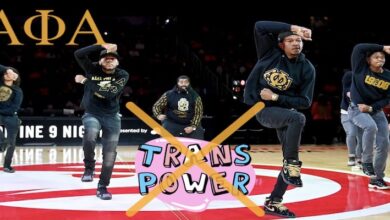
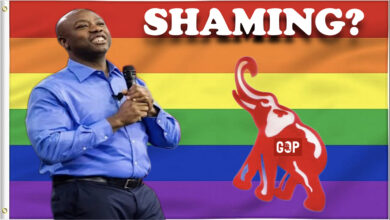
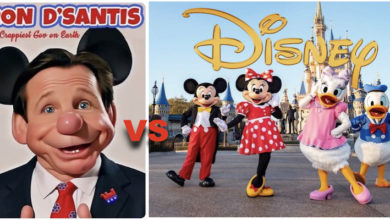

Hmm. interesting topic DJ.
I haven’t been to a “gay bar/club” in eons (over 12 years) and honestly I really hadn’t given it much thought at all.
The appeal began dying for me in my late 30s and over time, as American society, in general, became more accepting and open to gays, other social recreational options became available.
As DJ points out in his post, a new generation had a lot to do with that changing mindset. Added to advances in technology, gays do connect in a variety of ways now, including “straight” bars. But I don’t do straight bars either.
Full disclosure: I actually met my current partner 13 yrs ago thru eHarmony’s Gay & Lesbian website ‘Compatible Partners.’
We’ve been a “Couple” for 11 years, as of this Sept. We took about 2 yrs to really try to get to know each other before committing to one another. And we live in 2 different states.
(Except for the Covid shutdown which significantly restricted us from visiting with each other)….
So far, so good! 🙂
Everything is changing like it does every couple of decades. People are not going to work anymore because they found out they can do the same job at home. Young people are not going to clubs anymore for that same reason.
The one thing I do see happening is people do not like real contact anymore. Technology makes it so easy to do everything nowadays and nobody wants in person meetings or phone calls anymore. The real thing dying is human contact.
I wholeheartedly agrees BD which is why my partner and I took 2 yrs to really get to know each other via too many phone calls to count and thru many visits with each other!
But the sad truth is, so many people online are in such a hurry to “hook-up” with Whoever that they have NO idea who they’re really dealing with!?!
It’s scary … and it’s NOT just young people. It’s people of ALL ages…smh!